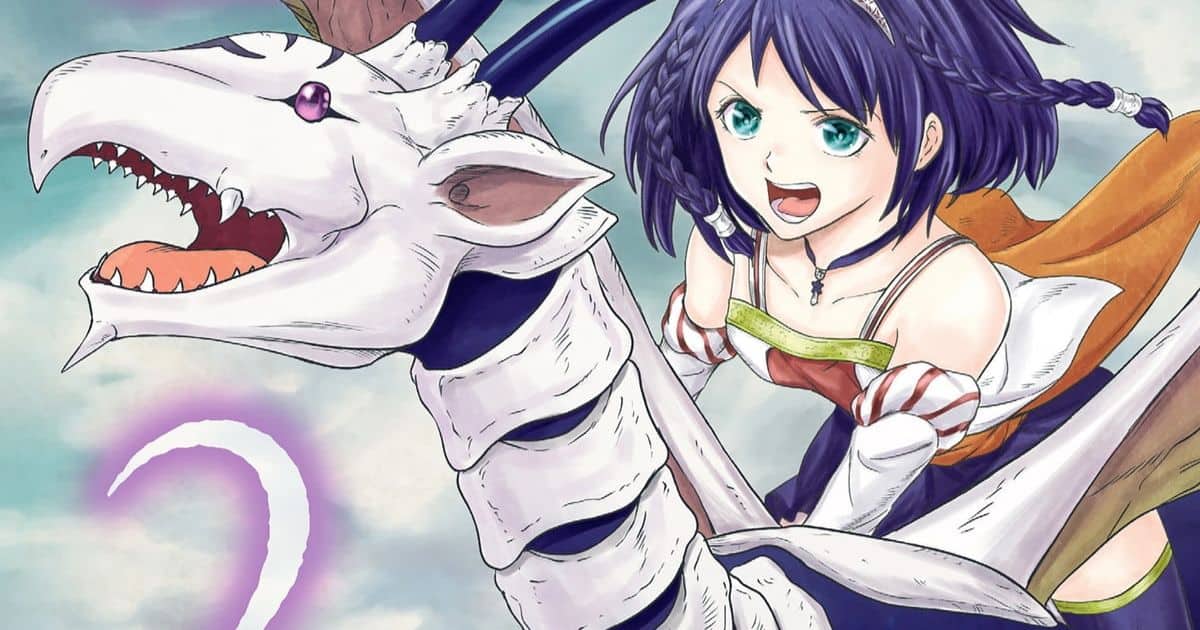Japanese honorific society and manga technical prowess is turned on its head in the collection of stories from one of the purveyors and prominent figures in the “Heta-Uma” movement. “Pits of Hell” collects nine stories from Ebisu Yoshikazu, stories soaked in violence, social distress, gambling and deconstruction of surface-level morality, in an bid to explore the devious nature of humanity.
Buy This Title
To best describe the work of Yoshikazu, it is imperative to briefly touch on the lesser known movement in Japanese manga known as “Heta-Uma”. This movement originated in the 70's within the pages of Garo magazine, a publication that voice to many experimental and mature creators, such as Suehiro Maruo (“Laughing Vampire“) and Kazuichi Hanawa (“The Early Years“). The term loosely translates as ‘bad but good', defining work that was poorly drawn but with a greater emphasis on working in an aesthetic that conveyed excitement while favoring more explicit material. Overall, the movement closely mimics the Punk music movement here in the west, where technical prowess was put aside in order to allow a larger portion of the population to vocalize their opinion through the arts.
Working within the genre, it becomes a fair statement that the art within the edition is not overly impressive in a traditional sense. However, the style of Yoshikazu is not without its merit, particularly within facial expressions of angered individuals that are overtly expressive to comedic effect. Furthermore, the opening images to each chapter, which do hold some artistic flair, further prove the approach as an aesthetic choice over lack of skill.

This purposeful choice of a more stripped back aesthetic also plays a large roll in how the sex and violence is conveyed. The overtly violent scenarios are allowed to be expressive in concept as the crude quality makes it less offensive to the senses, dulling the visceral reaction. The juxtaposition between extreme violence and a rather simplistic art approach often gives the violence more of a comedic tinge. Consequently, it allows Yoshikazu to present some pretty bleak scenarios, free of scrutiny of more detailed work. Ultimately, the violence is more comparative to the slapstick, and is comparable to more explicit 90's American cartoons, which were able to portray graphic violence by sticking to a certain tone (Itchy and Scratchy from “The Simpsons” being a parody of the weird double standard in critics who condemn violence only under certain context). As an overarching sentiment, the art creates an interesting relationship between the violent acts and delivery, which mostly serves to thrill readers, but falls short of simplified ‘gross out' art.
Given such themes as violence, gambling, sex and poverty are the central ones, it would give the impression that the mangaka's work stays on a more somber or disturbing tone. However, this is far from the case with how much Yoshikazu interjects comedy into his work. The artists approach doesn't give the impression of lashing out in violence for the sake of sensationalism, but rather giving a running commentary to possible resentment, underneath the expectations of the Japanese people. This is noticeable in shorts such as “The Late Night Party” where a pile of dug up earth from a successful business brings the employee into a frenzy, which ends in an celebratory ‘daisy chain'. The repressed primal tendencies of his subjects to lash out in some sort of absurd act is the crux of a lot of the humorous moments in this edition. Overall, Yoshikazu's approach in his art allows him to experiment with many different concepts and inject comedic stings at any given moment.

The crude approach of Yoshikazu in both visuals and topics is bound to deter some fans of traditional manga, although that is the goal of his work. Adversely, those who enjoy the tearing down of convention in favor of sensationalism and fast paced comedy are bound to fall in love with the deviously playful mangaka. This style has become utilized in many popular series since its inception, and this edition offers a window in the history of the form, as presented by one of the more prominent figures in the medium. Overall, a great edition if any of the sentiments above appeal to the readers' aesthetic.















